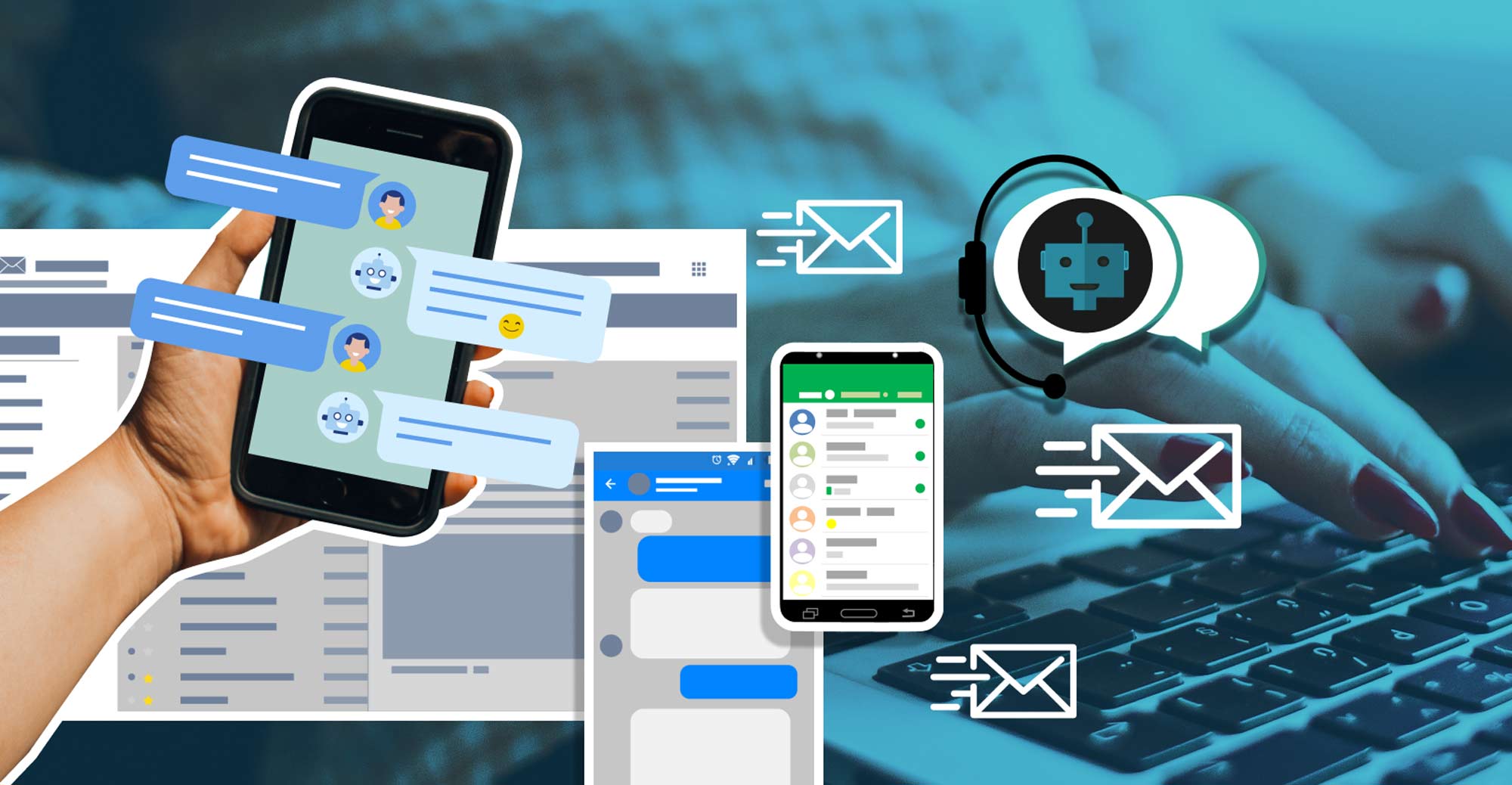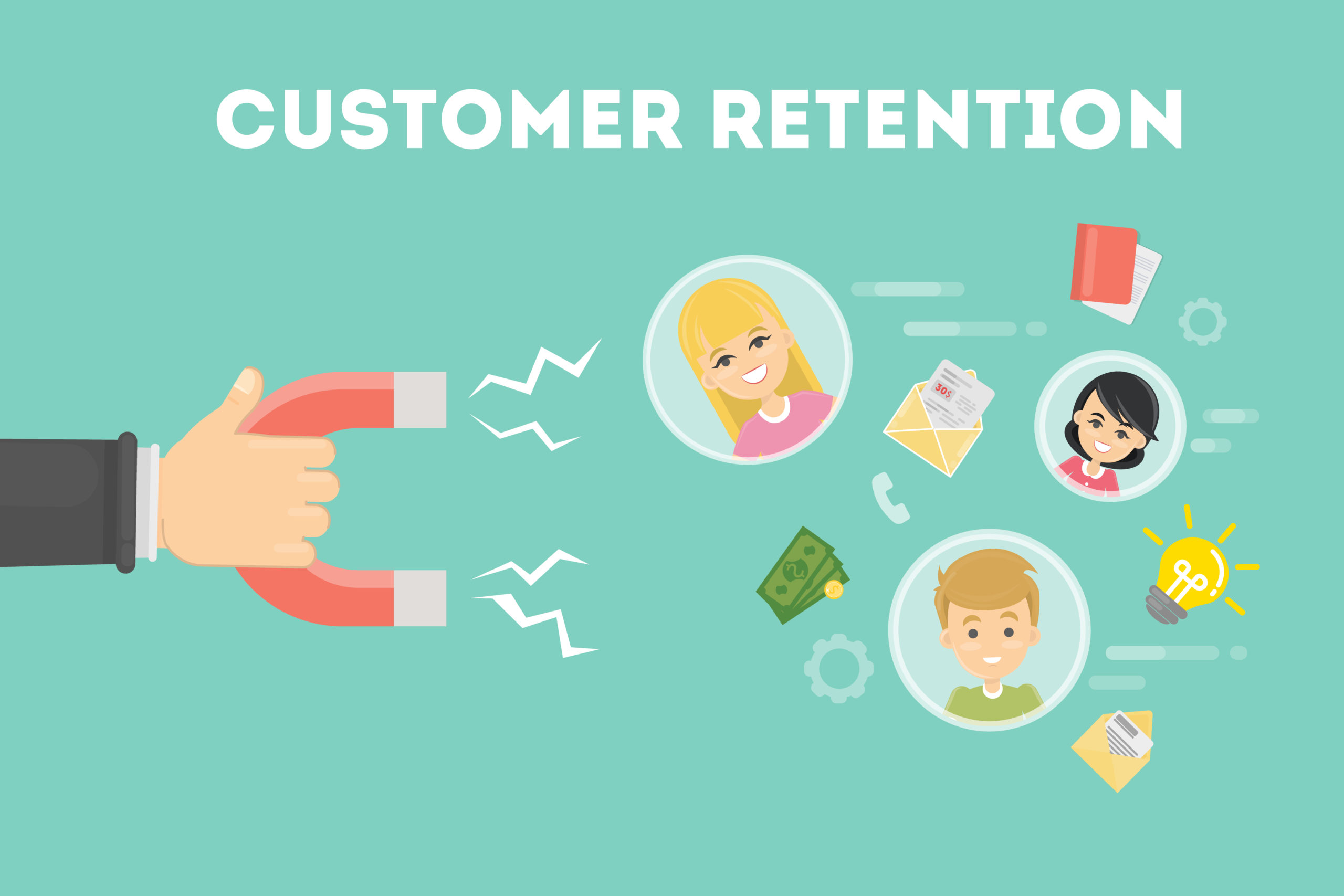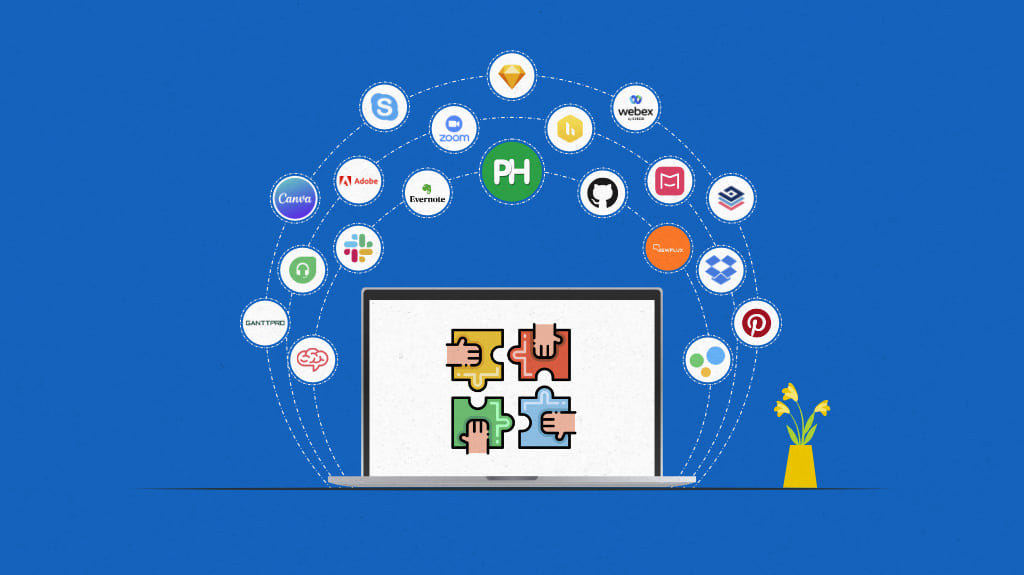Introduction
In today’s hyper-connected digital world, marketing is no longer about casting a wide net—it’s about hitting the bullseye. Consumers expect personalized, timely, and relevant messaging. Enter machine learning (ML)—a technological leap that allows marketers to operate with surgical precision. This article explores how machine learning empowers precision marketing, detailing practical techniques, tools, and strategies that can sharpen your marketing like a sniper’s aim.
Understanding Precision Marketing
What Is Precision Marketing?
Precision marketing is a data-driven approach that targets individuals based on their behaviors, preferences, and interactions. Unlike traditional blanket campaigns, it delivers personalized experiences tailored to each user.
Key Benefits Over Traditional Marketing
- Higher conversion rates: Messages are highly relevant.
- Improved customer loyalty: Consumers feel understood.
- Better ROI: Budget is allocated to high-probability leads.
The Role of Personalization and Relevance
The heart of precision marketing lies in personalization. ML enables marketers to tailor messages by analyzing vast datasets and predicting user behavior, leading to deeper engagement and brand affinity.
.webp)
Machine Learning Basics for Marketers
What Is Machine Learning?
Machine learning is a subset of artificial intelligence that uses algorithms to identify patterns in data and make decisions or predictions without being explicitly programmed for each task.
Core Concepts: Algorithms, Training Data, and Models
- Algorithms are the methods used to analyze data.
- Training data teaches the model what to expect.
- Models are the output—a system that can make predictions or classifications.
Difference Between AI, ML, and Deep Learning
- AI is the broader concept of machines performing tasks intelligently.
- ML is a specific method under AI.
- Deep Learning is a specialized ML technique using neural networks for complex tasks like image and speech recognition.
How Machine Learning Powers Precision Marketing
Data-Driven Decision Making
ML empowers marketers to make decisions based on historical data, real-time analytics, and predictive insights. This eliminates guesswork and improves targeting accuracy.
Predictive Analytics and Customer Behavior Forecasting
Algorithms can predict customer churn, identify high-value prospects, and estimate future behaviors, enabling proactive engagement strategies.
Real-Time Personalization Techniques
ML enables websites and apps to personalize experiences in real time, dynamically adjusting content, offers, or recommendations based on user interaction.

Data Collection and Preprocessing
Importance of High-Quality Data
Garbage in, garbage out. The quality of your model depends on the quality of the data fed into it. Clean, structured, and relevant data ensures better results.
Ethical Considerations and Privacy Compliance
Data collection must be ethical and transparent. Compliance with GDPR, CCPA, and other regulations is crucial to build trust and avoid legal repercussions.
Data Cleaning and Feature Engineering
Before feeding data into an ML model, it’s cleaned, normalized, and transformed. Feature engineering extracts meaningful inputs from raw data to improve model accuracy.

Segmentation with Machine Learning
Clustering Algorithms for Audience Segmentation
Algorithms like K-means or DBSCAN group customers into clusters based on behavior or preferences, allowing for tailored marketing strategies per segment.
Behavioral vs Demographic Segmentation
ML shifts focus from static demographics to dynamic behavioral patterns, offering more actionable insights and better personalization.
Case Studies of Successful Segmentation
Retailers like Amazon and Netflix use ML-based segmentation to deliver hyper-relevant recommendations, increasing engagement and sales.
Customer Journey Mapping
How ML Tracks Multichannel Touchpoints
ML consolidates user behavior across channels—email, social media, web—and identifies patterns to map the entire customer journey.
Predicting Drop-Off Points and Conversions
By analyzing interaction data, ML can predict when a user is likely to abandon the funnel, allowing for timely interventions.
Optimizing Journey Paths with Smart Recommendations
ML-driven journey optimization ensures users are shown the right content at the right time to guide them toward conversion.
Content Personalization
NLP for Dynamic Content Delivery
Natural Language Processing (NLP) allows systems to analyze and understand human language, enabling personalized content creation at scale.
Email Marketing Automation with ML
ML algorithms can determine the best time, frequency, and content for email delivery, maximizing open and click-through rates.
Personalized Product Recommendations
E-commerce platforms use ML to recommend products based on browsing history, purchase behavior, and user profiles, boosting cross-sell and upsell opportunities.
Targeted Advertising Optimization
Programmatic Advertising and RTB
Programmatic platforms use ML to automate ad buying in real time, ensuring optimal placements and cost-efficiency.
Lookalike Modeling and Propensity Scoring
ML identifies audiences similar to your best customers and predicts which users are most likely to convert.
Budget Optimization Using Reinforcement Learning
Reinforcement learning algorithms dynamically adjust ad spend to maximize ROI by learning from campaign performance.

Chatbots and Conversational Marketing
AI-Driven Customer Support
Chatbots powered by ML offer 24/7 support, improving response times and reducing operational costs.
Lead Qualification Through Smart Chatbots
Bots can assess user intent and qualify leads through interactive dialogue, passing only high-quality leads to sales teams.
Enhancing UX with Predictive Responses
ML-powered chatbots predict questions or needs based on previous interactions, creating seamless experiences.
Social Media Intelligence
Sentiment Analysis and Brand Monitoring
ML can analyze social media content to detect sentiment, track brand health, and identify PR risks or opportunities.
Influencer Identification and Campaign Management
Algorithms evaluate influencers based on engagement, audience relevance, and content authenticity to improve ROI.
Trend Forecasting with Time Series Models
Time series forecasting helps predict trends before they peak, allowing brands to stay ahead of the curve.

CRM and Customer Retention
Churn Prediction Models
ML models can identify signs of churn and trigger automated retention campaigns to re-engage at-risk customers.
Loyalty Scoring and Retention Campaigns
By scoring users based on loyalty, marketers can prioritize high-value customers with tailored rewards and content.
Lifetime Value Prediction
Knowing a customer’s projected lifetime value helps in budget allocation and strategy planning for long-term growth.
A/B Testing and Optimization
Multivariate Testing with ML Algorithms
ML enables simultaneous testing of multiple variables, offering deeper insights than traditional A/B testing.
Automated Test Design and Result Analysis
Some tools use ML to design and run tests automatically, identifying the best-performing combinations faster.
Continuous Optimization with Adaptive Models
ML models can self-adjust based on real-time feedback, enabling continuous learning and optimization.

Tools and Platforms
Top ML Platforms for Marketers
Popular platforms include Google Cloud AI, AWS SageMaker, and IBM Watson for enterprise-grade machine learning.
No-Code/Low-Code ML Tools
Tools like DataRobot, MonkeyLearn, and BigML allow marketers without technical skills to build and deploy ML models.
Integrating ML with Existing Marketing Stacks
APIs and middleware help connect ML tools to CRM systems, email platforms, and analytics dashboards for unified operations.
Real-World Case Studies
Success Stories from E-Commerce and SaaS
- Spotify uses ML to personalize playlists, increasing user engagement.
- Airbnb uses predictive modeling to optimize pricing and demand forecasts.
Lessons from Failed Implementations
Failures often stem from poor data quality, unclear goals, or lack of cross-functional collaboration.
ROI Metrics and KPIs
Measure ML success through metrics like conversion rate uplift, cost per acquisition reduction, and customer lifetime value.
Challenges and Limitations
Data Silos and Integration Issues
Disconnected systems hinder data flow. Breaking silos is essential for effective ML deployment.
Model Bias and Interpretability
Biased data leads to biased outcomes. Interpretable models are vital to gain trust and meet ethical standards.
Regulatory and Ethical Hurdles
Marketers must navigate privacy laws and ensure transparent use of data and algorithms.
The Future of Precision Marketing
The Rise of Generative AI
Generative AI like GPT-4 is enabling real-time content creation, from ad copy to entire campaign strategies.
Hyper-Personalization at Scale
Advancements in compute power and ML algorithms will allow for real-time, 1:1 personalization at massive scale.
Evolving Consumer Expectations
Consumers increasingly demand value, relevance, and privacy—ML helps marketers strike the right balance.
Conclusion
Machine learning is not just a technological trend—it’s a necessity for modern marketers. Precision marketing powered by ML allows businesses to deliver value-driven, relevant experiences that convert. By understanding the tools, strategies, and best practices outlined in this guide, marketers can future-proof their efforts and stay ahead of the competition.

